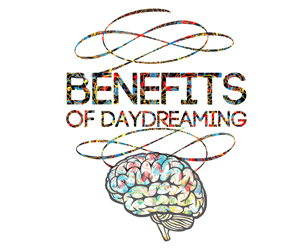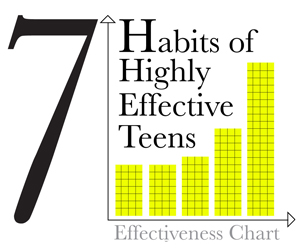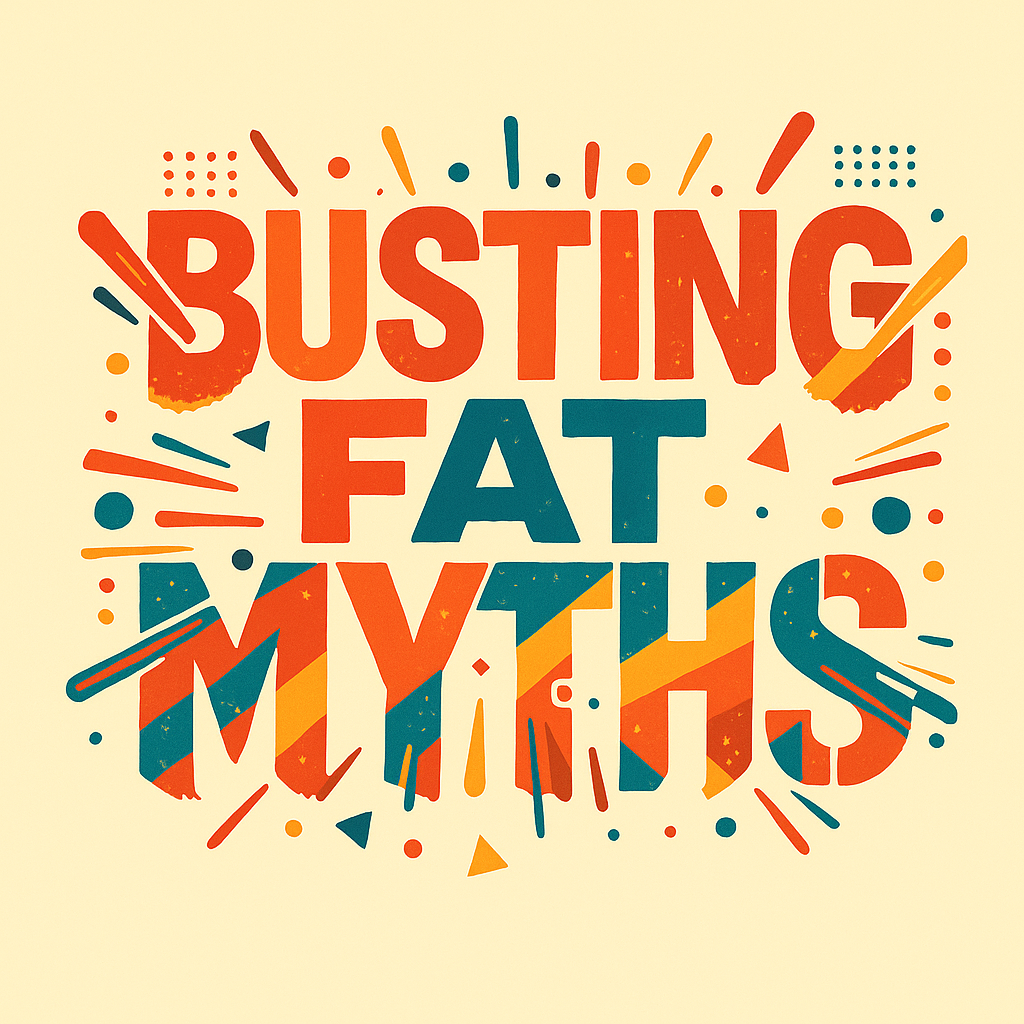
The word ‘fat’ has negative connotations in the dietary world. We are encouraged to banish it from our diets whenever possible. As a result, we switch to low-fat or non-fat food. What is the impact of that decision?
There can be many inaccurate information about fats and it is time to get the facts right.
Myth 1: We do not need fats in our body.
Our body needs fat to store energy, cushion vital organs and transport vitamins. Fat is needed to build cell membranes, the vital exterior of each cell, and the sheaths surrounding nerves. It is essential for blood clotting, muscle movement, and inflammation.
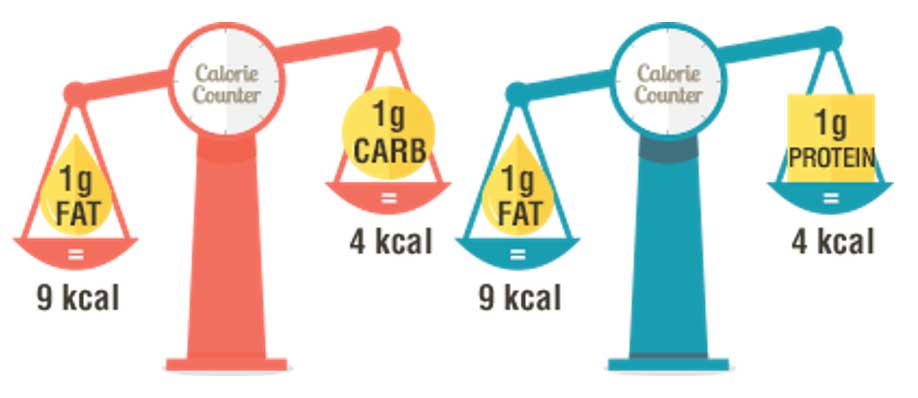
A body fat range of 10 to 22 per cent for men and 20 to 32 per cent for women is considered satisfactory for good health, according to the American College of Sports Medicine.
However, 1 gram of fat packs double the calories (9 kcal) than that of carbs or proteins (4 kcal). By indulging in fats, one may end up consuming more calories.
Myth 2: A slim person is healthy.
A person with a normal weight can have a high percentage of fat mass and a low amount of muscle mass, which results in the term “skinny fat”. This means that they have a high body fat content. They are known as metabolically obese but normal weight individuals. They are predisposed to metabolic complications despite having a normal Body Mass Index (BMI). There are people who look lean or slim but are “viscerally obese”. Visceral fat is the fat that surrounds the liver and other abdominal organs.
According to the Harvard T.H. Chan School of Public Health, visceral fat releases fatty acids, inflammatory agents and hormones that lead to higher levels of low-density lipoprotein (LDL) or “bad” cholesterol, triglycerides, blood glucose and blood pressure.
Dr Sonali Ganguly, a consultant at the Singapore General Hospital’s department of endocrinology, said: “Asians tend to accumulate more intra-abdominal (visceral) adipose tissue – the ‘harmful fat’ that places them at a higher risk of metabolic diseases.”
Myth 3: Fat is bad!
Not all fats are alike. There are good fats and bad fats, and both come in different varieties:
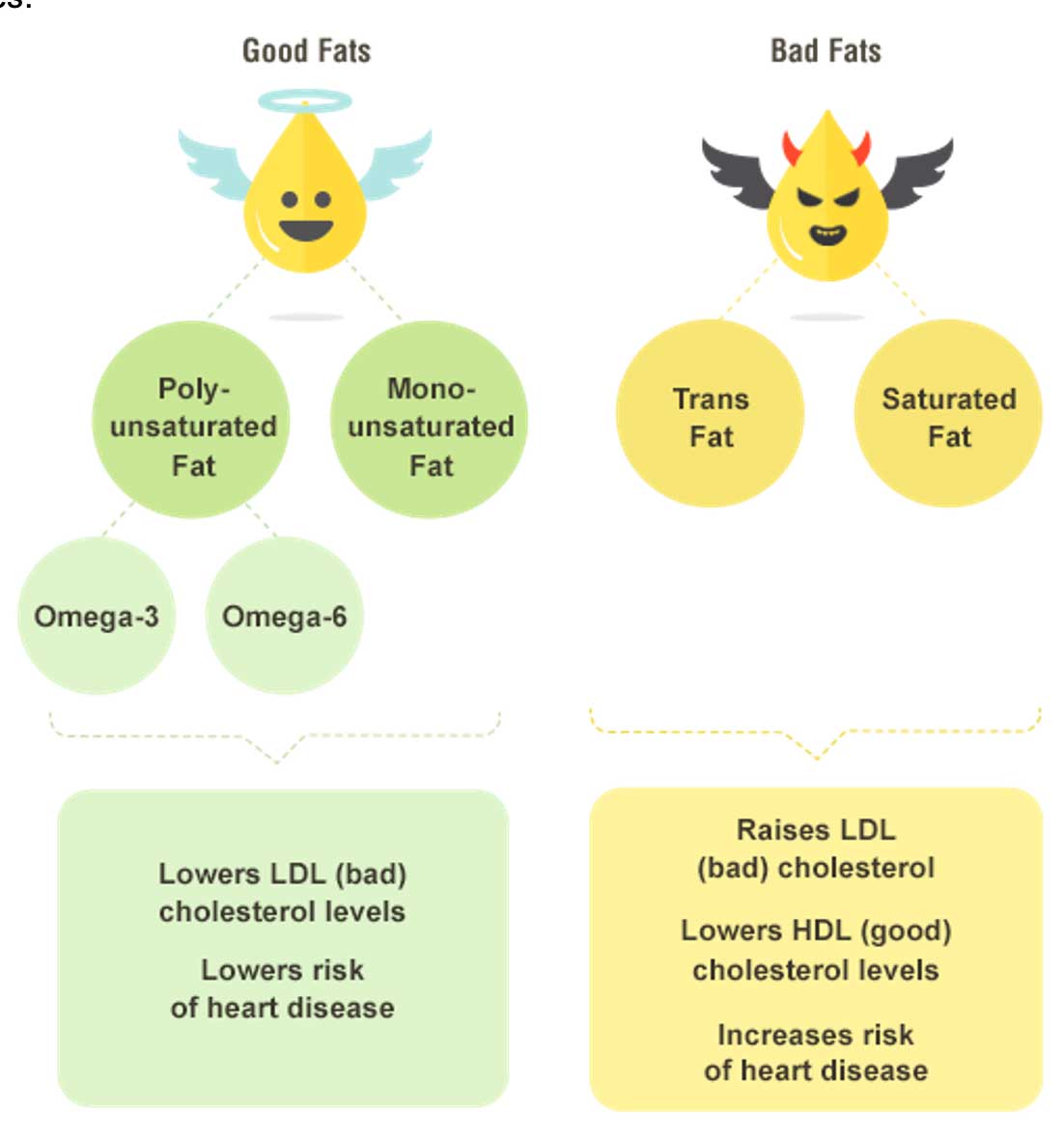
Monounsaturated and polyunsaturated fats, found in plants and healthful oils, actually protect your health by improving your cholesterol profile.
Another type of fat needed for a variety of vital physiological functions is the family of omega-3 unsaturated fats. Your body can’t make these on its own; it must get them from food. Good sources of omega-3s include fatty fish such as salmon, tuna, sardines, and mackerel. Flaxseeds, walnuts, wheat germ, canola oil, soybean oil, and flaxseed oil are also rich in omega-3s.
Omega-6 fatty acids have also been linked to protection against heart disease. Foods rich in linoleic acid and other omega-6 fatty acids include vegetable oils such as safflower, soybean, sunflower, walnut, and corn oils.
Saturated fat, found mainly in meat and dairy foods, contributes to clogged arteries and cardiovascular disease. Trans fats are the worst fats for your health. These fats are made when hydrogen is added to healthy unsaturated fats to solidify them and make them less likely to spoil. Trans fats raise harmful LDL cholesterol, lower beneficial HDL cholesterol, increase inflammation, and make blood more likely to clot.
Hopefully the information above has cleared up some misconceptions.
Deliberately depriving your body of a certain necessary nutrient can be harmful to healthy development and growth, especially during puberty. Our body needs the right amount of nutrients such as proteins, carbohydrates, fats, fiber, vitamins and minerals and water to function optimally. Therefore, it is important to enjoy a healthy and balanced diet.
Learn how to build a healthy diet meal plan here.
What are some ‘good fats’ that you will be including in your meals?
Sources:
https://www.healthhub.sg/programmes/76/introduction-to-fats
https://www.health.harvard.edu/staying-healthy/are-fats-so-bad
Suggested Videos:











